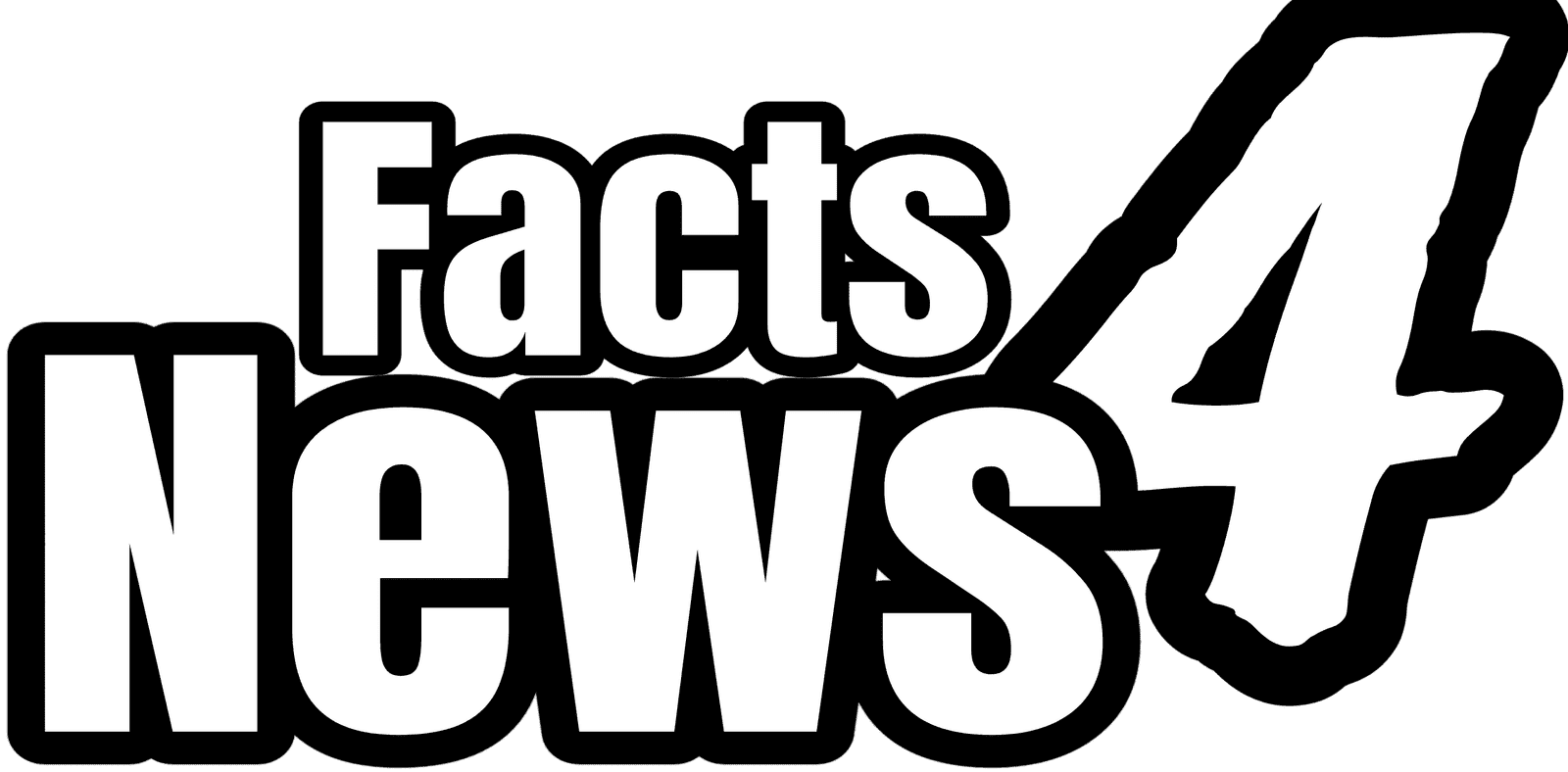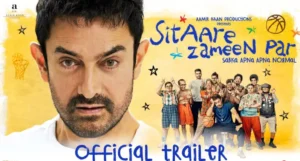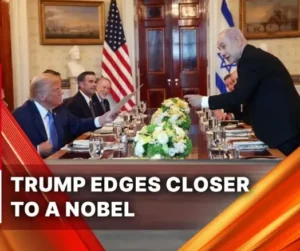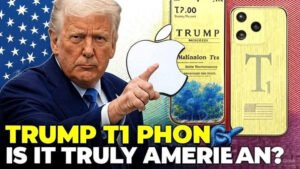Asian News International (ANI), one of India’s leading news agencies, is at the center of a heated controversy after issuing a series of copyright strikes against YouTube creators for using short news clips in their videos. The incident has triggered widespread debate about the boundaries of fair use policy, the rights of digital creators, and the growing influence of copyright enforcement in the digital age.
Fair Use Policy and Its Impact on Digital Creators
The fair use policy is designed to allow limited use of copyrighted material for purposes such as news reporting, commentary, criticism, and education. However, YouTube’s guidelines do not specify exactly how much content can be used under fair use, creating a grey area that often leads to disputes between copyright holders and creators.
In this case, several prominent YouTubers, including Mohak Mangal and Paurush Sharma, alleged that ANI demanded payments ranging from ₹15 lakh to ₹48 lakh to withdraw copyright strikes and restore access to their channels. These creators argue that their use of brief clips—often under 10 seconds—should be protected under fair use, as their videos are primarily educational or analytical in nature.

IMAGE CREDIT ; Mohak Mangal and ANI NEWS
Fair Use Policy: A Double-Edged Sword for Creators
The secondary focus keyword, fair use policy, has become a flashpoint in the dispute. While the policy is intended to protect creative expression, its lack of clarity in India leaves creators vulnerable. Under YouTube’s system, three copyright strikes within a short period can lead to a channel’s termination, putting immense pressure on creators to settle with copyright holders quickly—often at significant financial cost.
Many creators find themselves unable to challenge these strikes due to the complexity and cost of legal action. This power imbalance allows copyright holders like ANI to negotiate expensive licensing deals or demand large sums to revoke strikes, effectively turning copyright enforcement into a business model.
Public and Political Response to the ANI Copyright Strikes
The controversy has ignited strong reactions on social media and among political leaders. Trinamool Congress MP Saket Gokhale wrote an open letter to Google and YouTube India, calling for greater clarity on fair use policy and protection for independent content creators. He argued that non-creative news footage, such as public event coverage or statements by public figures, should fall under fair dealing and not be subject to takedown notices.
The outcry has also prompted calls for intervention from the Ministry of Information & Broadcasting, with many users demanding reforms to protect creators from what they see as the misuse of copyright enforcement tools.
The Legal Perspective: Copyright Law vs. Free Speech
While critics accuse ANI of “extortion” and suppressing dissent, others argue that the news agency is simply enforcing its legal rights as a private content producer. Unlike public broadcasters, ANI licenses its news footage to media houses and is not obligated to offer it for free to digital creators. Supporters of ANI’s actions maintain that using copyrighted content without permission, even for commentary or news analysis, constitutes infringement unless explicitly covered by fair use exemptions.
This controversy highlights the urgent need for clearer guidelines and fairer enforcement mechanisms that balance the interests of content creators, copyright holders, and the broader public.







